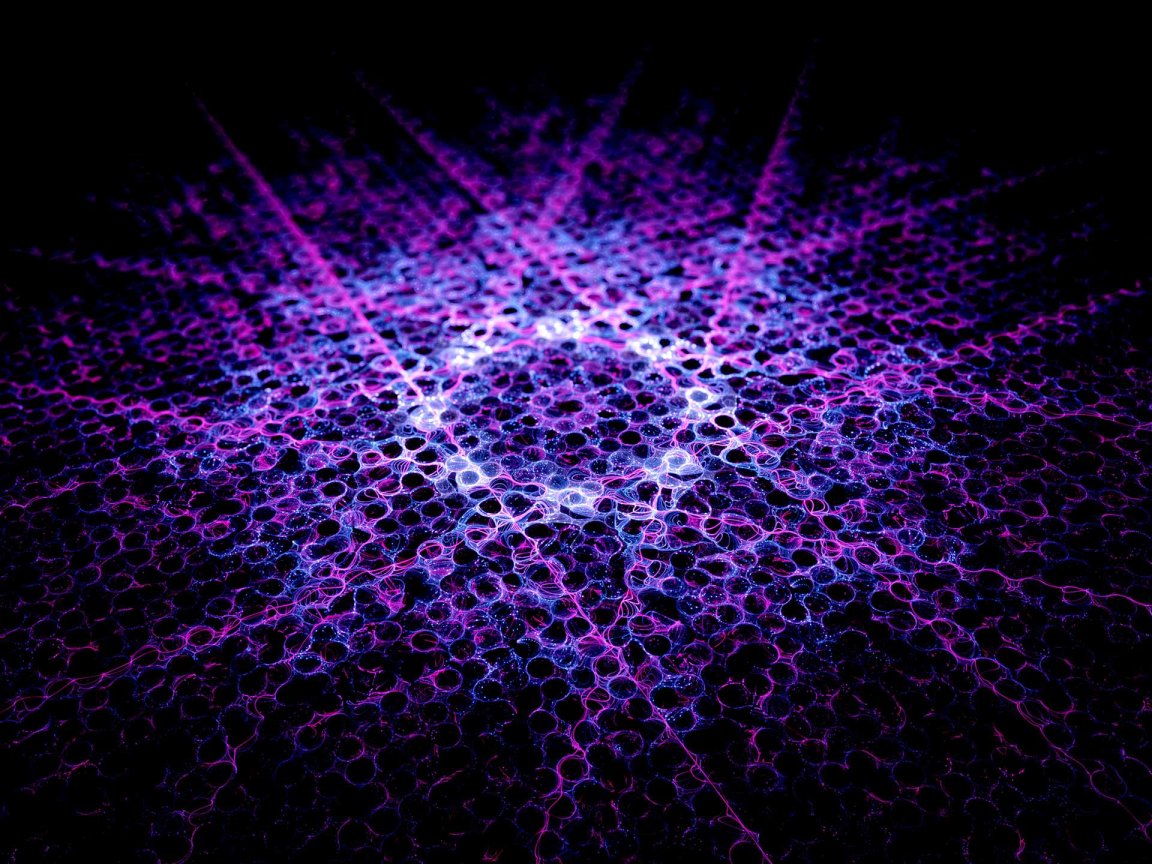
Washable Electronics
Wearables are at the forefront of consumer electronics — smartwatches that send text messages, fitness bands that track calories, and smart glasses that can help with facial recognition. But not all wearables are happy when they get soaked. Now, a new technology has opened the door to washable, wearable electronics. Engineers from Iowa State University have developed a graphene printing technology that can print low-cost electric circuits onto flexible materials that are both extremely conductive and water repellant.
Graphene is a single layer of carbon atoms that are bonded together in a hexagonal honeycomb configuration. This super material can not only hold up an elephant without breaking, but is also an effective conductor of heat and electricity. So these new circuits would be both thin and remarkably water resistant, and incorporate graphene’s super conductivity. According to the engineers’ paper, published in the journal Nanoscale, this technology “would lend enormous value to self-cleaning wearable/washable electronics that are resistant to stains, or ice and biofilm formation.”

The inkjet-printed flakes of graphene aren’t conductive to start off, so the researchers weld the flakes together to increase conductivity. In order to treat the graphene without damaging the surface it’s printed on, however, the research team developed a rapid-pulse laser process. That laser technology also enables the team to craft water-repelling, or hydrophobic, circuits. “The laser aligns the graphene flakes vertically – like little pyramids stacking up. And that’s what induces the hydrophobicity,” said Jonathan Claussen, assistant professor of mechanical engineering at Iowa State University and corresponding author, in a press release.
Claussen and his co-authors say their laser processing technology could lay the groundwork for new applications. It could be used in everything from flexible electronics to technology that use graphene and electrical stimulation to create stem cells to regenerate nerves.
One of the authors, Loreen Stromberg, an Iowa State University postdoctoral research associate in mechanical engineering, said the group would be interested in developing is anti-biofouling materials. Biofouling, or the accumulation of damaging plants and algae on wet surfaces, impacts submerged equipment like chemical sensors. Stromberg thinks anti-biofouling materials that utilize these water-repellant circuits could prevent that type of build-up.
Electronics and wearables are becoming ubiquitous in our society, and the technology to support those wearables must evolve quickly to keep up. One of the logical next steps for this technology is to be both wearable and washable, and this new graphene printing technology could pave the way.